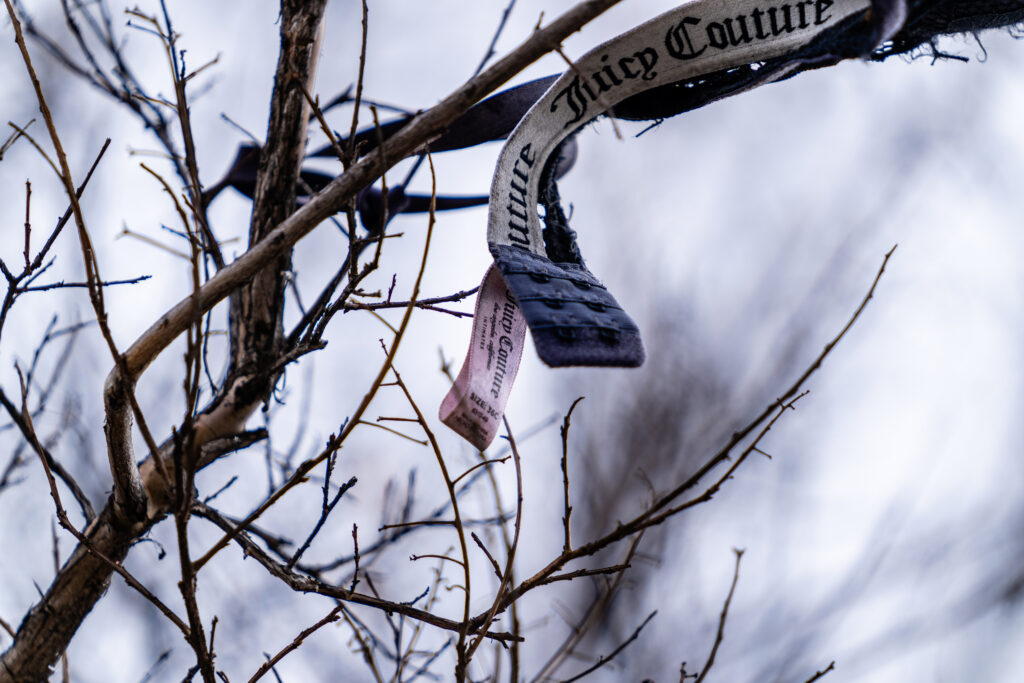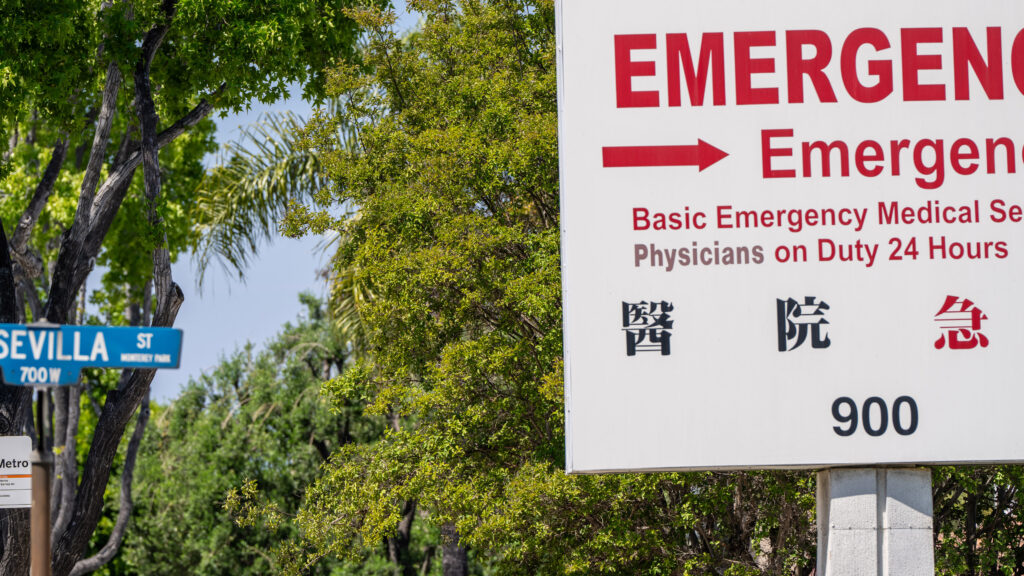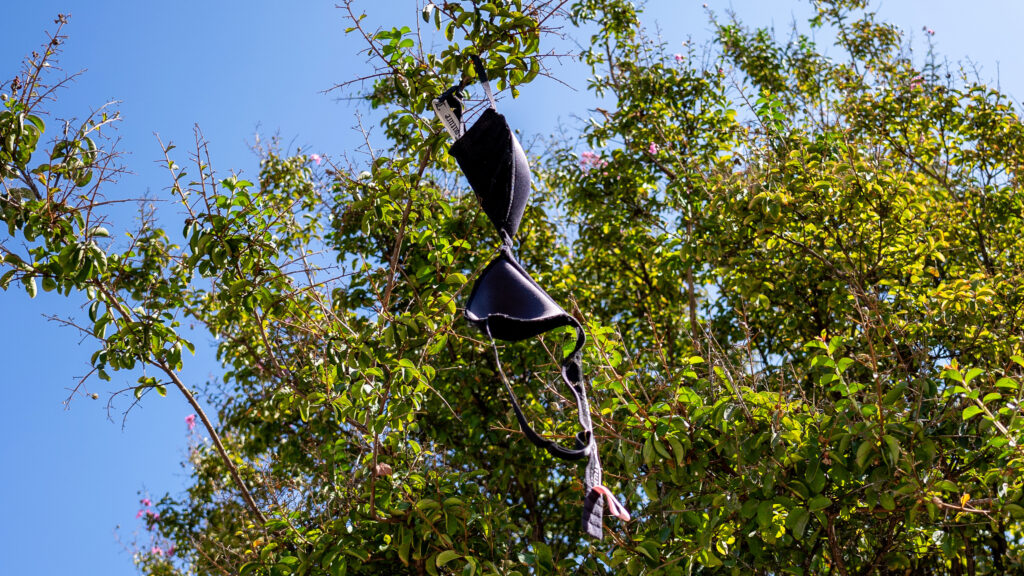
Table of Contents
ToggleTree Bra
A short life: October 2022 to June 2024. The Monterey Park Hospital Tree Bra, an unofficial icon for the hospital, is gone. It greeted visitors and passers-by for 617 days. Now, maintenance workers have ended the tree bra’s reign as inanimate Miss Monterey Park Hospital.
Over its 20-month reign, the Monterey Park Hospital Tree Bra saw sun and rain, autumn colors, the bareness of winter branches, and new growth in the spring.
Designed just 27 miles from the hospital in Arleta, Los Angeles, and manufactured 7,248 miles away in China, the black 36C Juicy Couture 8310-49 bra is 90% nylon and 10% spandex. Ten percent spandex makes it stretchy to fit. Ninety percent nylon thermoplastic means it can survive the not-so-harsh Los Angeles winters and hot, climate-changed summers for decades. Nylon resists abrasions, maintains its shape, and isn’t easily damaged by UV rays or chemicals. Twenty months wasn’t a bad run. Still, the hospital bra was just getting started.
What does a bra in a tree mean? Like shoe tossing and shoe trees, the origins and meanings of bra trees are many and varied.
After a successful, tree-snagging launch, I look back at my beige bra dangling amongst the others – I see a pink bra with black lace, another with paisley – I feel mischievous, yet liberated, flinging the bra in broad daylight. In such an uber-PC world, with a single toss of the bra, I feel like I’m back in a time when tossing one’s gitch wasn’t making a political statement – it was just fun.
— Melanie Chambers, Mountain Life
How do bras get in trees? Are they a 1960s-era sexual revolution freedom cry? A sign of rebellion? Are they thrown by women as a sign of empowerment? Or for breast cancer awareness? Or thrown by men to memorialize conquests? Or by male ski patrollers protesting the hiring of female ski patrollers? Or by female skiers throwing shade on a male-dominated industry that they can shred, too? Or a remnant of sixties-era ski bar pickup culture?
Early feminist “bra-burning” was actually the “Freedom Trash Can,” a protest of the 1968 Miss America pageant. Women threw mops, lipstick, high heels, and at least one bra in the Freedom Trash Can. One theory on the misnomer “bra-burning” is that it was a counterpart to American males burning draft cards in protest of the Vietnam War. Until 1940, “Rule 7” of the Miss America pageant required that Miss America contestants be “of good health and of the white race.” Could a tree bra be a descendant of the Freedom Trash Can? Does a tree bra today mean anything? Or is it now a playful act and no longer a cultural message?
Regardless of meaning, some women find bras in trees offensive, while others find them carefree and liberating. The tradition is most common in ski resorts, typically in trees under chair lifts and predominantly in North America.
In Australia, the sacred bra tree is a memorial to a loved one who has passed. New Zealand has a heavily populated Bra Fence that combines bras from tourists, breast cancer survivors, and bras memorializing loved ones. As of 2019, “Bradrona” in Cardrona, New Zealand, has been bringing in about $500/week in donations to the New Zealand Breast Cancer Foundation. Some of the bras on the bra fence include writing. Details might include the name of the tourist’s home country, a breast cancer story, or a memorial to a loved one.
The Monterey Park Hospital Tree Bra is gone. But not forgotten. Its 617 days of tenacious tree clinging, warm pedestrian greeting, and shining onto Atlantic Blvd. are memorialized in these images of its life and times. Or, presuming someone out there wore it before it joined the hospital staff, of its second life and times. #spandexnation
Autumn 2022

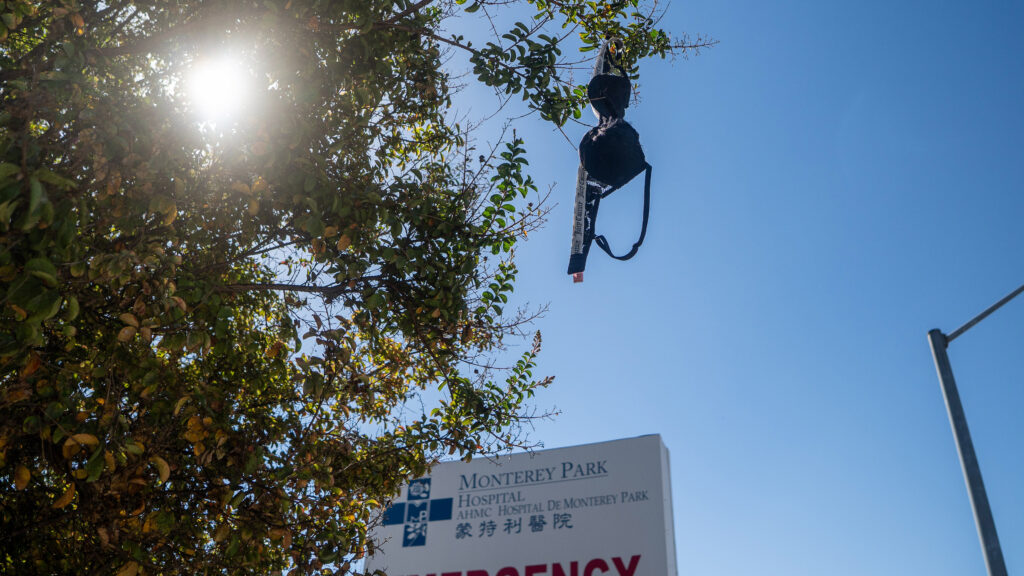
Winter 2022-2023
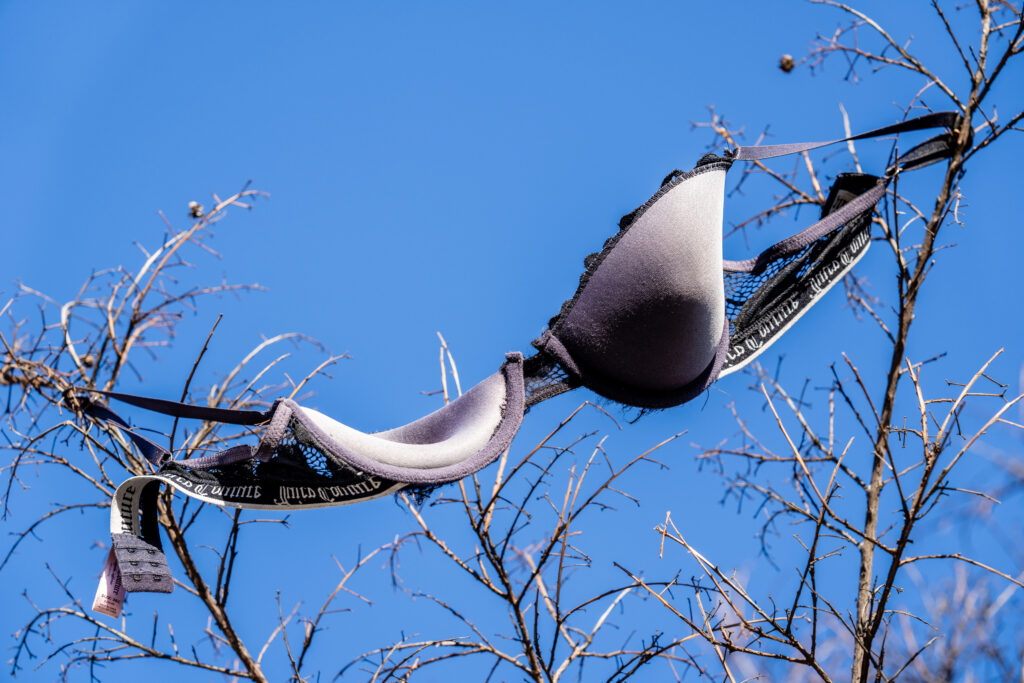
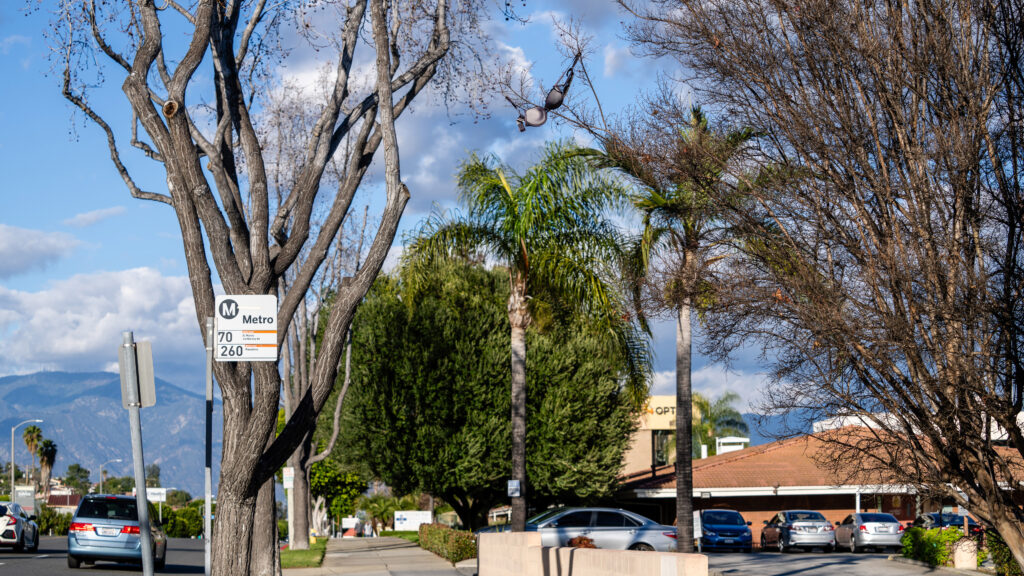
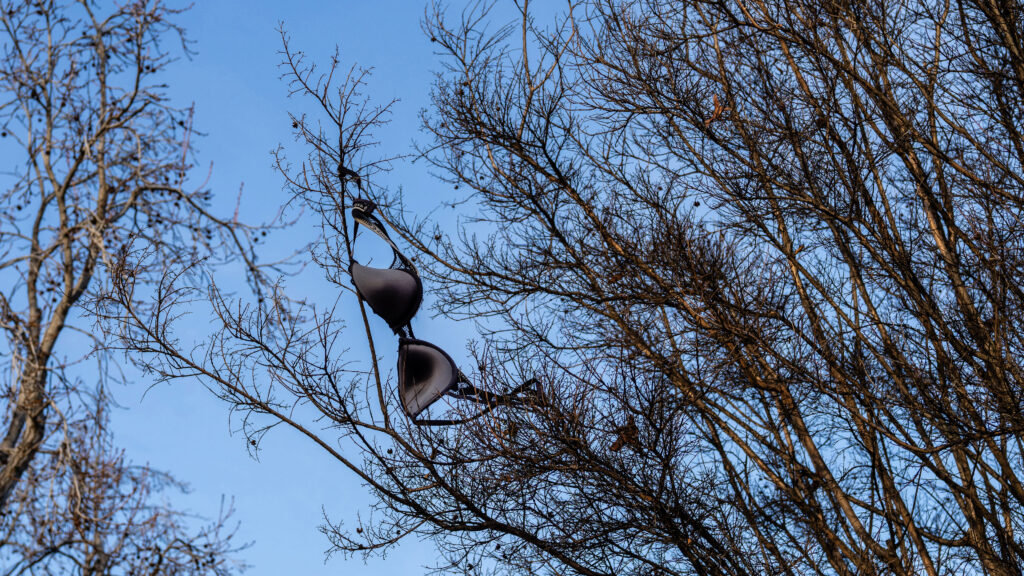
Spring 2023
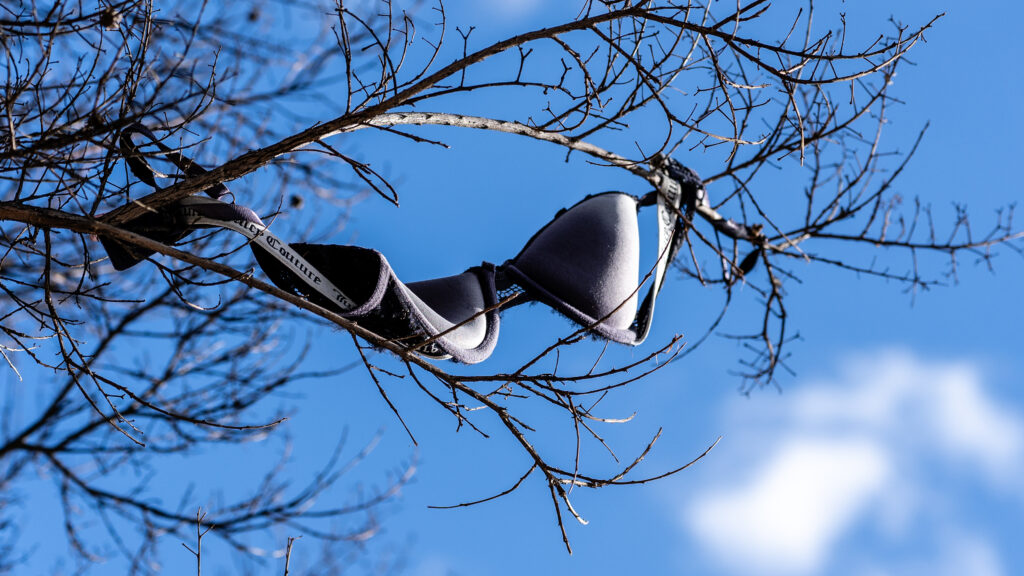
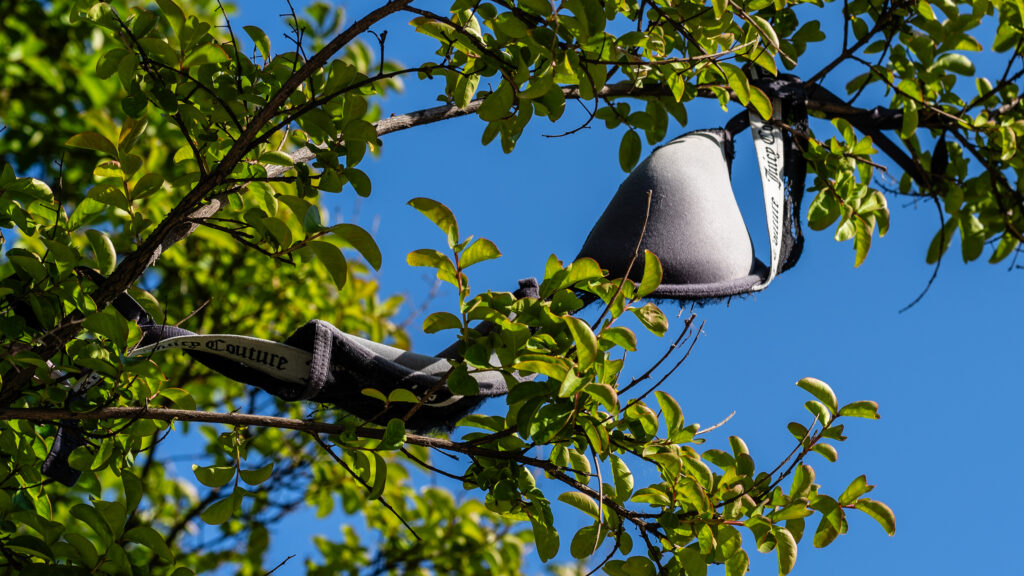
Summer 2023

Autumn 2023
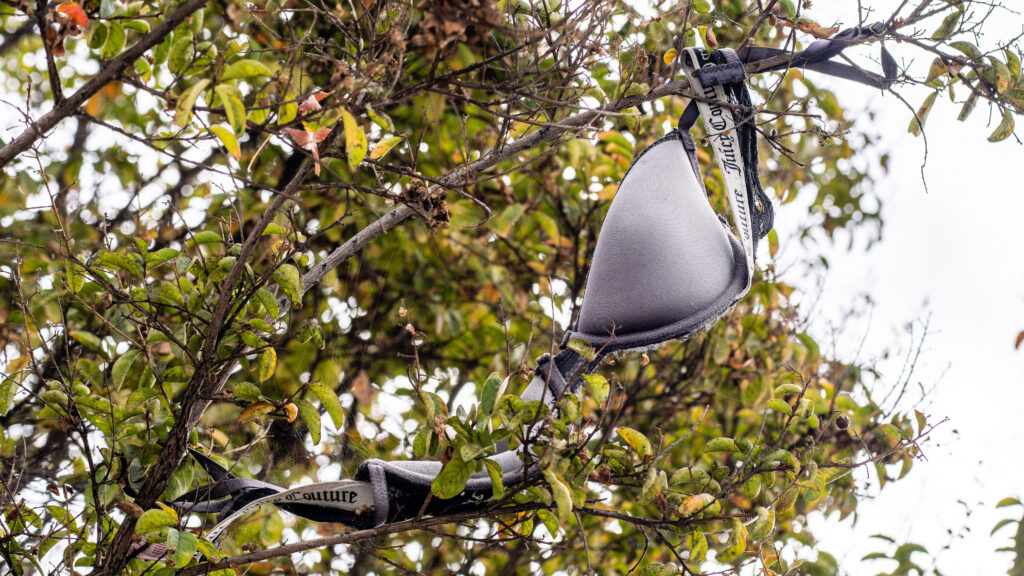
Winter 2023-2024
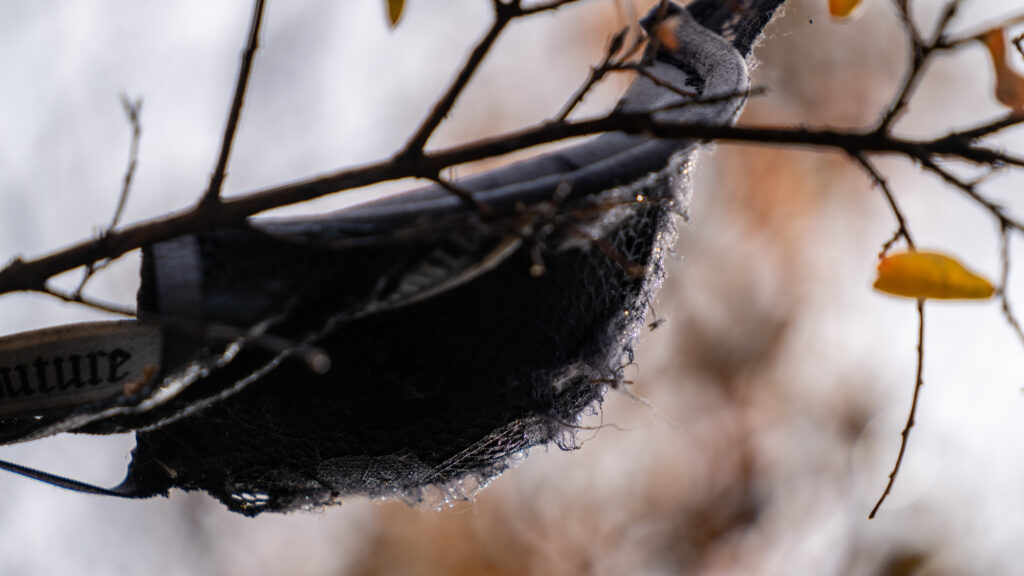
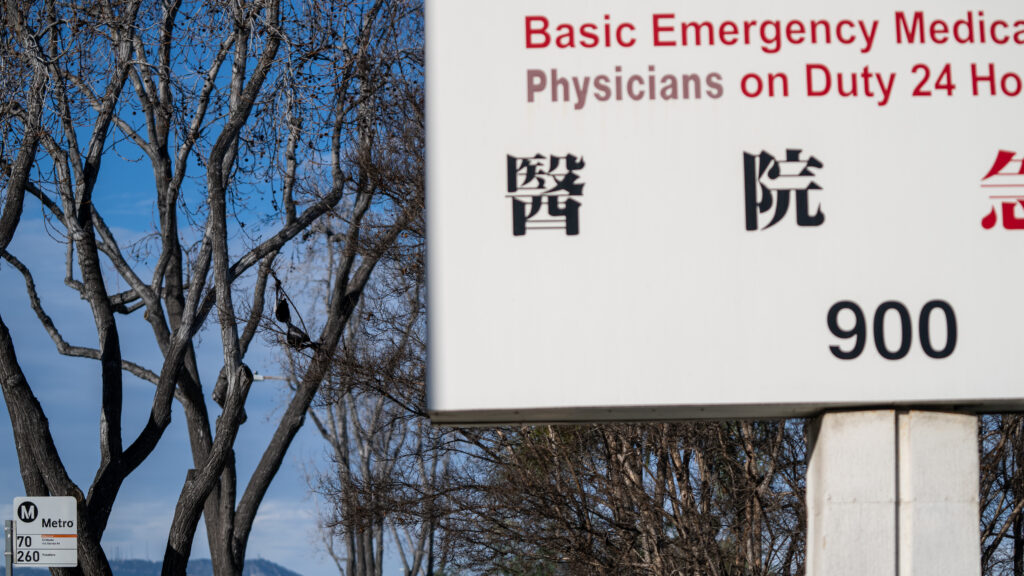
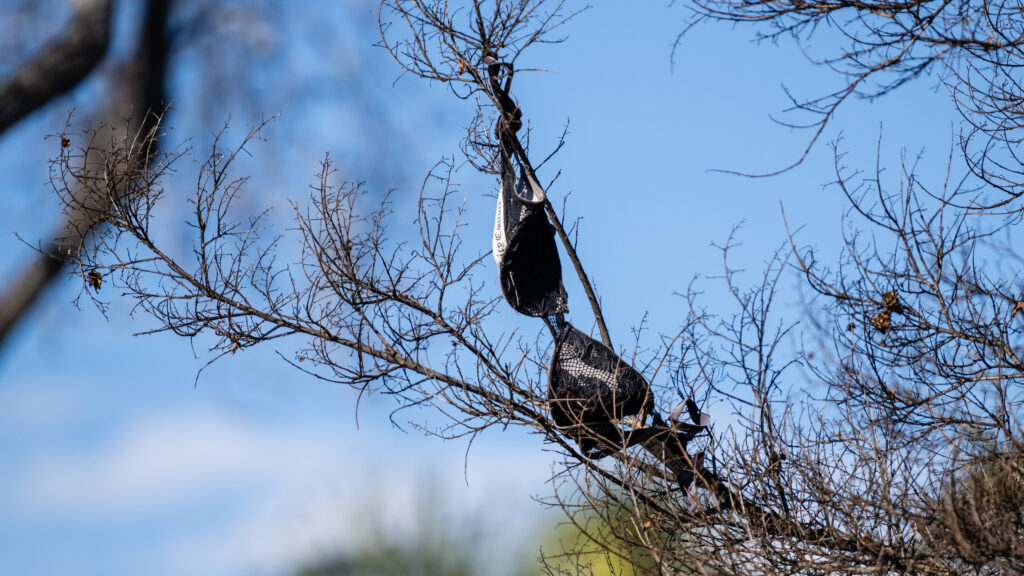
Spring 2024
